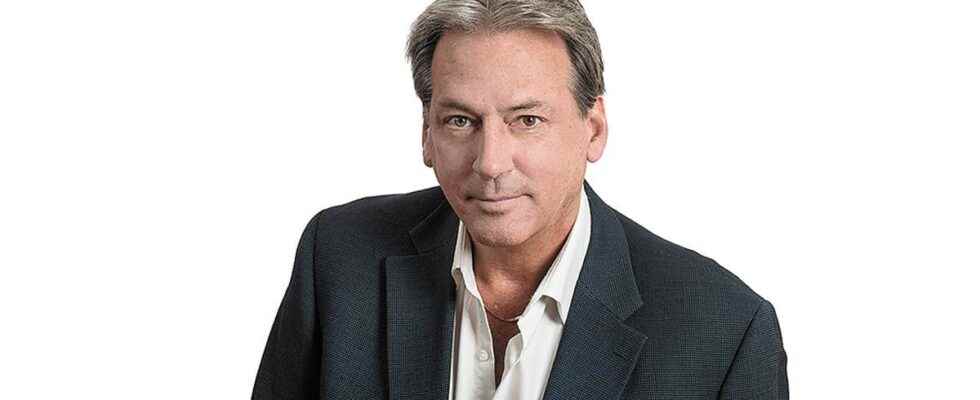The combined effect of the strong surge in house prices and the rise in mortgage rates is pushing an increased number of buyers towards “alternative” lenders.
Nationally, insurance and finance website Ratesdotca says credit unions and private lenders accounted for about 3.7% of mortgages last year, but these have already processed about 6 7% of activity so far this year, underlined a text from The Canadian Press published this week.
Information on mortgage investment companies reported by the Canada Mortgage and Housing Corporation in its latest Residential Mortgage Scorecard shows a decline in their risk profile. The average share of first mortgages in their portfolio increased from 75.7% in the second quarter of 2020 to 81.4% in the corresponding quarter of 2021. Before the pandemic, their portfolio consisted of 65% first mortgages. first rank, the remaining 35% being of lower rank.
With the exception of Desjardins Group, the share of loans granted by non-bank lenders remains marginal, but growth has doubled, from 2% in 2020 to 4% at the end of 2021. Also, if we excludes Desjardins, with its 40.3% share of mortgages associated with new acquisitions, the “other lenders” rank second in Quebec with a weight of 11.5%, behind the National Bank (13%), tell us data compiled by JLR financial solutions.
With the median price of a single-family home in Quebec exceeding $415,000 in the first quarter, up 22% compared to the corresponding quarter of 2021, reaching $365,000 for a condo (up 20%) and 520 $000 for plexes with two to five units (+25%), borrowers — even those said to be of prime quality — are still more likely to fail the financial stress test that traditional lenders must apply, subject to regulations federal. Rising mortgage rates only amplify the shift to unregulated lenders.
According to the rules of the Office of the Superintendent of Financial Institutions, the test is based on the highest interest rate between that offered by the institution, increased by two percentage points, and the rate of 5.25%. The latter rate was 4.79% before the rules tightened in June 2021, which extended the application of the test to insured loans. The increase in the cost of money, with fixed rates rising since 2021 and exceeding 4%, reduces the total amount for which the borrower would be eligible.
These “alternative” mortgage lenders work on a case-by-case basis, but typically the asking rate is 100 to 200 basis points higher than traditional lenders. And the loan will generally have a shorter term, time to allow the borrower to requalify. The Nesto site reminds us that “alternative” mortgage lenders come in all shapes and sizes. Each will have different interest rates and approval requirements, total loan amounts, and unique maximum loan-to-value coverage.
Substantial increase in rates
In their latest study of deteriorating housing affordability, National Bank analysts write that their benchmark five-year mortgage rate rose 46 basis points in the last quarter of the year, the most strong quarter-on-quarter variation since the third quarter of 2013.
For its part, the annual rise in rates was the strongest in more than two decades. “Most buyers have avoided these sharp increases in recent months by opting for variable rate mortgages, but the financing conditions for these are now less attractive. »
Economists point to Conference Board data, which shows 60% of consumers say now is a bad time to make a major expense, to point out that this is the highest percentage on record outside of a recession.
And to remind that we are only at the beginning of the process of normalization of monetary policy with, as a result, an inflationary slippage calling for a more aggressive rise in the cost of money than expected.
